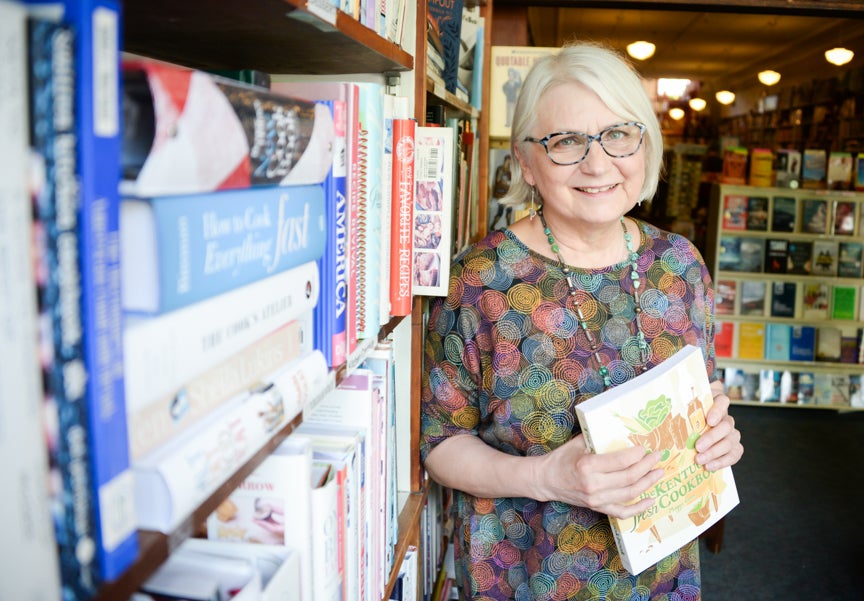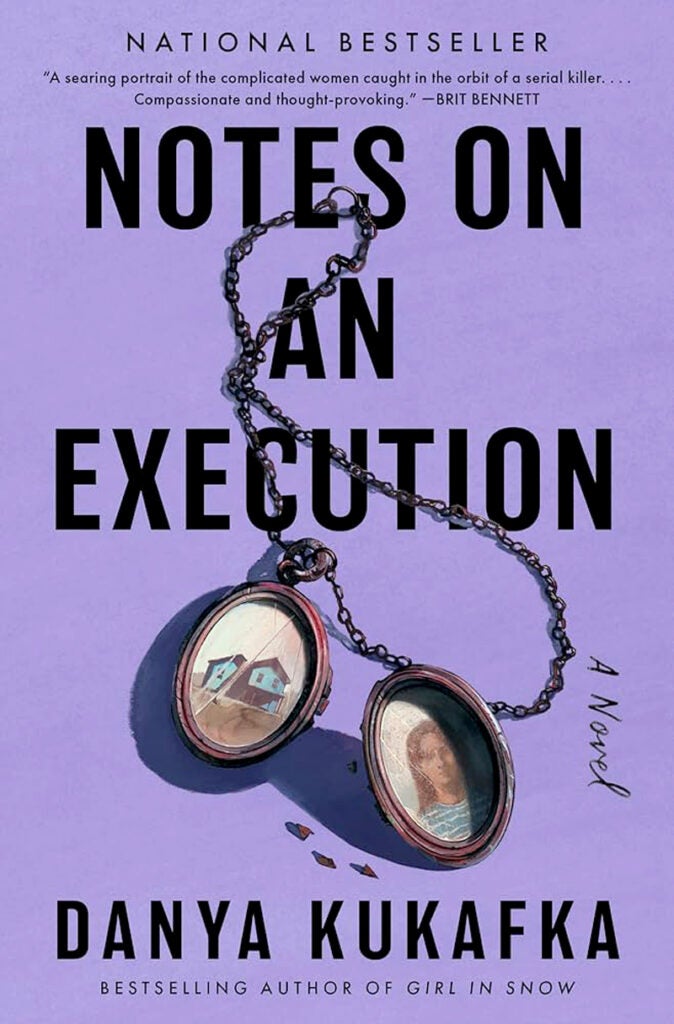
“Notes on an Execution: A Novel” by Danya Kukafka
Ansel Parker is on death row. Today is his execution. Or is it?
Danya Kukafka tells the life story of Ansel Parker through the eyes of three women connected to the killer.
We meet Ansel’s mother, Lavender, at the age of 17. She has just gotten married and given birth to Ansel in a shack on a secluded farm. Desperate to escape her abusive husband and lonely life, she abandons her son. She spends the next decades imagining the life her son is living, hoping it is better than the one she could have given him.
Saffy first encounters Ansel as a child in a group foster home. She grows up to become a homicide detective. He grows up to be a killer. Saffy is obsessed with solving a case from the very beginning of her career. As she puts the pieces of the puzzle together, it becomes clear she might already be familiar with the perpetrator.
Hazel is the twin sister of Ansel’s wife, Jenny. Jenny brings Ansel home to meet her family one Christmas while in college. Hazel and Jenny have been inseparable their whole lives. Ansel is the first person to come between them. Hazel knows right away something is off with Ansel, but is not quite sure what it is.
In between the chapters detailing his past, readers get sprinkles of Ansel’s inner thoughts on his current situation. The clock is ticking down on Ansel’s demise, but he is not remorseful for his crimes. Instead, he has a strong desire for someone to understand him. He does not feel responsible for his own actions, instead placing blame on anyone but himself.
There is something so gripping about the story being told from the perspective of these three women, who at first seem to be on the outskirts of the plot. In reality, they are integral to the narrative. There is no Ansel without his mother. Hazel is the first to point out some of Ansel’s more troubling behavior. And he would never be on death row without Saffy.
The magic of the story lies in the contrast between the women’s story and Ansel’s own thoughts. After reading Ansel’s chapters, readers might even start to feel sorry for the killer. He is a product of challenging circumstances. But with just a flip of the page, Lavender, Saffy and Hazel are there to remind readers of the consequences of Ansel’s actions.
Who benefits from the death penalty? In the end, the author lets the readers decide for themselves.
— Review by Alex Sandefur, Paul Sawyier Public Library
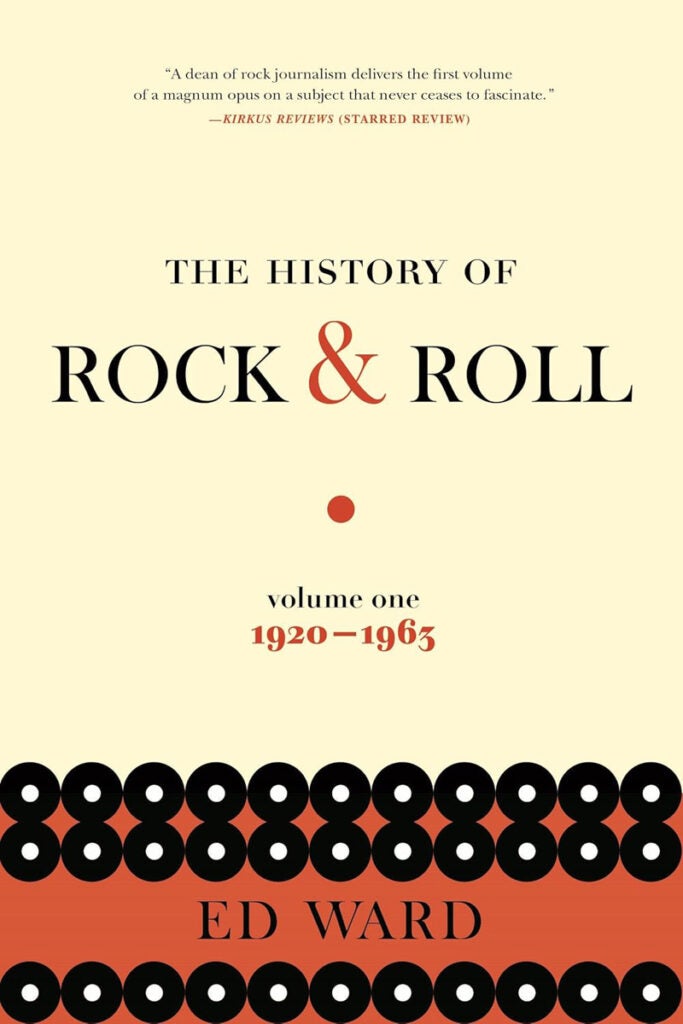
“The History of Rock & Roll, Volume One 1920-1965” by Ed Ward
Whether you love or hate rock & roll, it’s virtually impossible to argue that its dramatic emergence in the 1950s didn’t change the music industry, and our world, forever.
Ed Ward, the rock & roll historian on Fresh Air for more than 30 years, takes readers on a memorable journey through the history of this unique, born in America, music. He traces the origins of rock & roll to “mid-nineteenth century rural Southern America” and follows the sound as it gradually changes, drifting along the outskirts of mainstream music until noticeably breaking into the world of entertainment in the 1920s when “blues” music began selling strongly.
Without question, while the “blues” played a major role in the birth of rock & roll, they are far from the only essential element — jazz, folk, county and soul are all key ingredients in the sound that first gave America, and then the world, such unforgettable performers as Elvis Presley, Jerry Lee Lewis, Chuck Berry, Little Richard, Fats Domino and Chubby Checker (to name a random half dozen), as well as thousands of other singers, musicians, song-writers, record producers and radio DJ’s now fading into the mists
of history.
In this incredibly detailed, yet smooth reading volume from a couple of years ago, Ward does an outstanding job of revealing the true story of my favorite music — early rock & roll. Perhaps you love that special music, too. If so, you’ll want to promptly order a copy of Ward’s book, and let the memories flow.
— Review by Chris Helvey, Helvey Enterprises
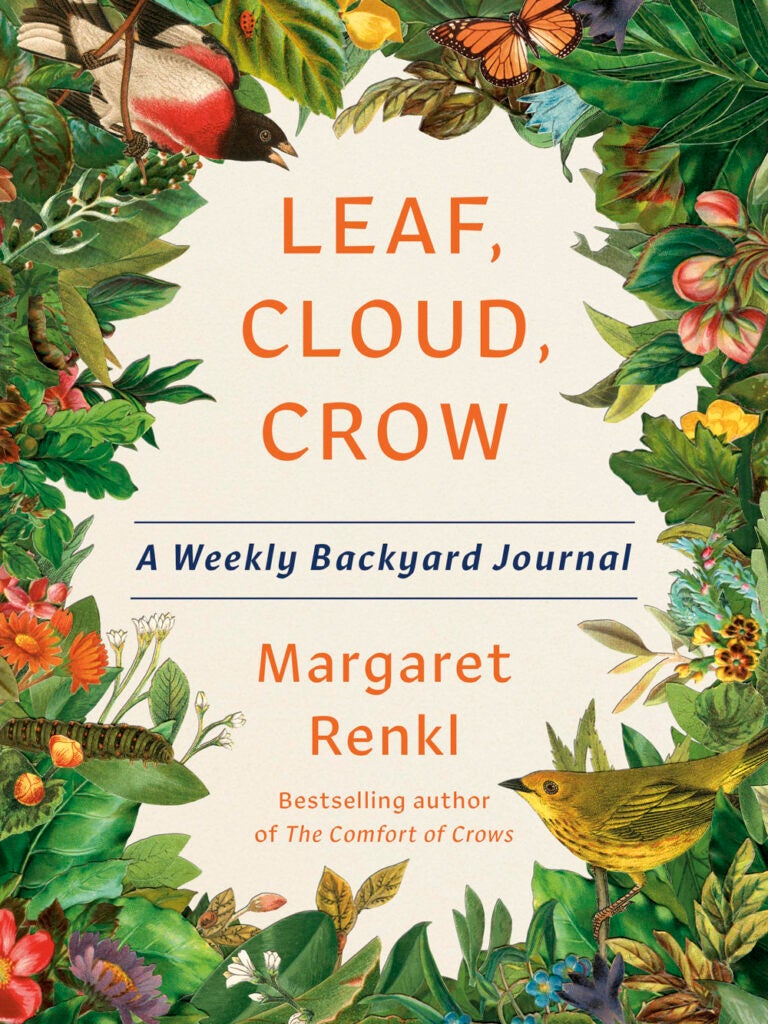
“Leaf, Cloud, Crow: A Weekly Backyard Journal” by Margaret Renkl
In 2022, Margaret Renkl published a memoir “The Comfort of Crows: A Backyard Year.” This book included 52 essays, one for every week during the COVID year. Each entry is a reflection of what she experienced in her backyard in Nashville or recalled from her childhood in Alabama.
Keeping a journal is a wonderful way to pause, and consider “the details of your life ranging from events, ideas, feeling and your daily thoughts.”
Renkle suggested in one of these essays in her memoir that when the Cooper’s hawk has begun to create mayhem at her birdfeeder, she takes the feeder down. “The hawk and the owl must eat, too, but I don’t wish to make their bloody work any easier.”
Now, Renkl has created a journal for you to collect your observations and create your own backyard memoir. The book follows her original memoir with an entry for each week beginning with winter. In week two, she quotes that “according to birding tradition, the first bird you see on the first day of the new year sets the tone for your next 12 months. The writing prompt for that week asks you to identify the bird, and the natural traits of that bird. She then poses which of those traits might be a good model for you to follow in the coming year.
In week 11, she considers the way death and life mingle and tangle “like the passion vine that twines among the blackberry canes.” In her writing prompt she asks in what way is this connection upsetting, and in what way does it offer consolation?
One can observe nature anywhere you find it, maybe only a lonely leaf still left on the sidewalk, or the beautiful fields of hay in the bluegrass. It seems that connecting with nature through writing can make us better at being human. There is much wisdom to be gained from reflection, and Renkl’s guide is a beautiful way to capture your thoughts.
— Review by Lizz Taylor, Poor Richard’s Books
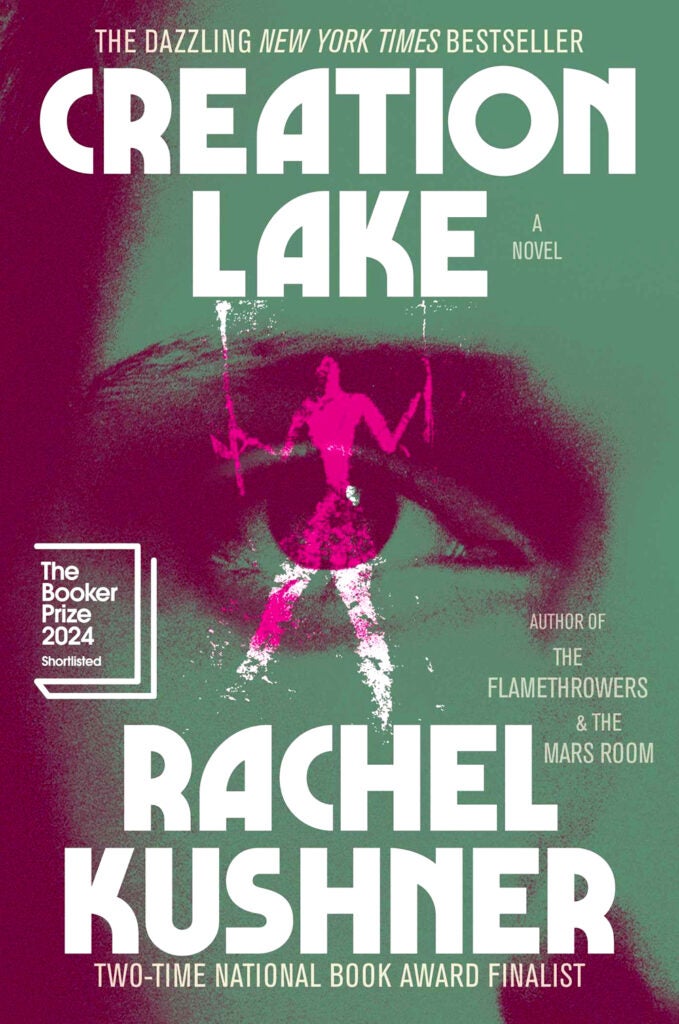
“Creation Lake” by Rachel Kushner
Rachel Kushner’s novel, “Creation Lake,” was a finalist for the Booker Prize, given each year for the best single work of sustained fiction written in the English language, which was published in the United Kingdom and/or Ireland.
Kushner writes about a secret agent, a 34-year-old woman who had worked for a government agency before things went bad. She had manipulated a young man to commit a crime, but when he was caught, her statements helped with his acquittal. Could that be evidence of a conscience or strong moral code?
She has now been hired by a private company to do dirty work in France. Sadie Smith, an assumed name, connects with a group of communal French subversives. Her job is to incite provocation but then the company wants more. They ask for an assassination.
The novel is set in a region in France known to have caves connected to early man. Kushner describes in detail some of the ancient drawings and how they illustrate what the commune is proposing. She reads the writings of a man who lives in the caves and is presumed to be the mentor of the subversives.
The chapters are short, making for quick reading but the story is slowly revealed demanding that the reader continue to the next chapter.
Kushner has created an espionage thriller with hints of French history, art, archeology and a philosophical novel about human nature.
Ron Charles with The Washington Post comments that “the real covert operative here is Kushner, who’s never felt more cunning than in this novel.”
My favorite books of intrigue were Martin Cruz Smith’s “Gorky Park” and Ken Follett’s “Pillars of the Earth,” but I believe Kushner has topped them both.
— Review by Lizz Taylor, Poor Richard’s Books



